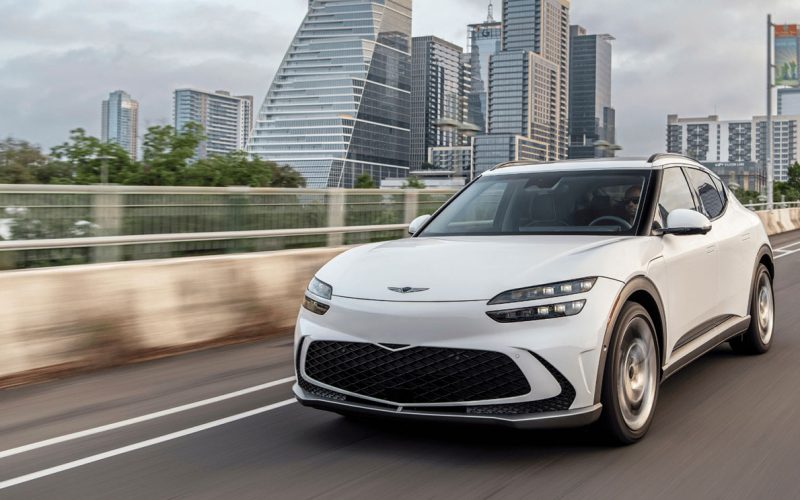
Reading Time: 9 minutesIf you’ve been fortunate enough to spend time in Hyundai’s new Ioniq 5 EV or sister
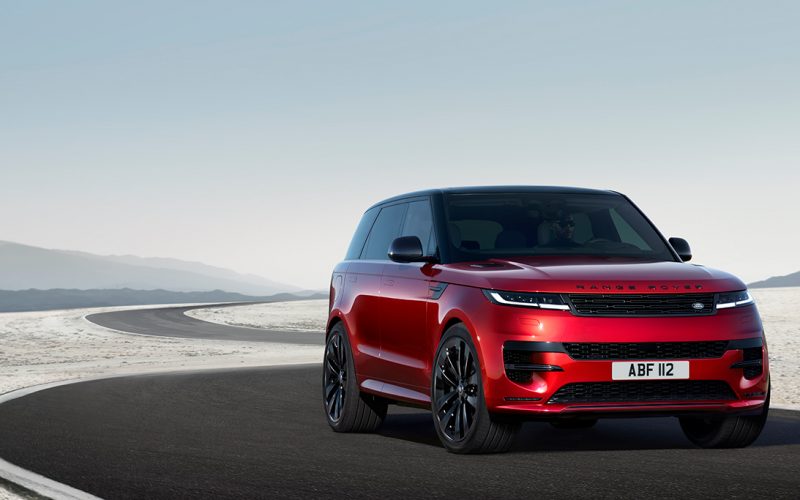
Reading Time: 9 minutesLand Rover has just pulled the wraps off its third-generation Range Rover Sport (compare it to
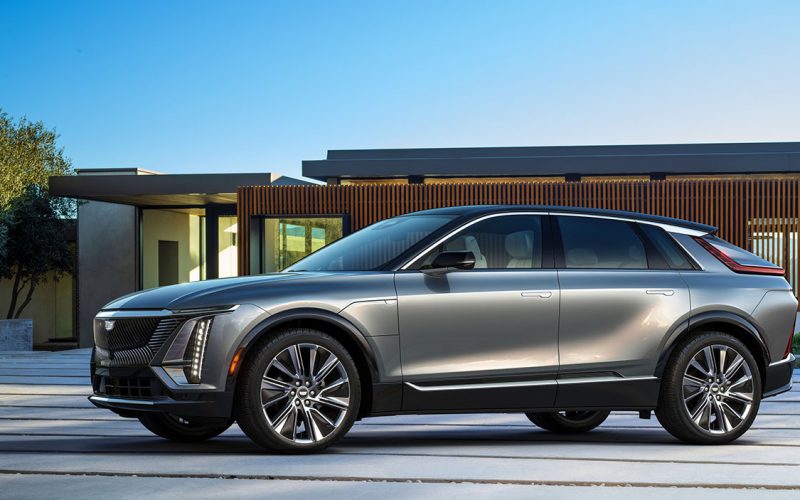
Reading Time: 7 minutesWhen the 2023 Cadillac Lyriq arrives this fall, it will be price below $70k, including destination
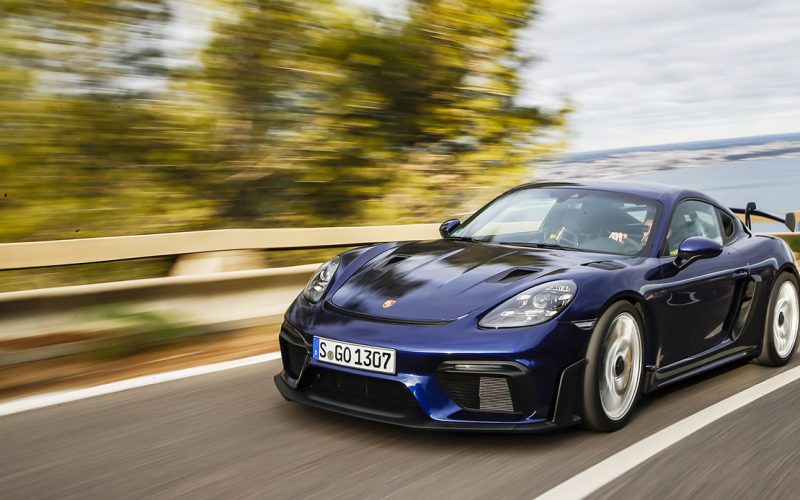
Reading Time: 2 minutesLike it or lump it, both 718 models’ horizontally opposed “lumps” are getting tossed when the
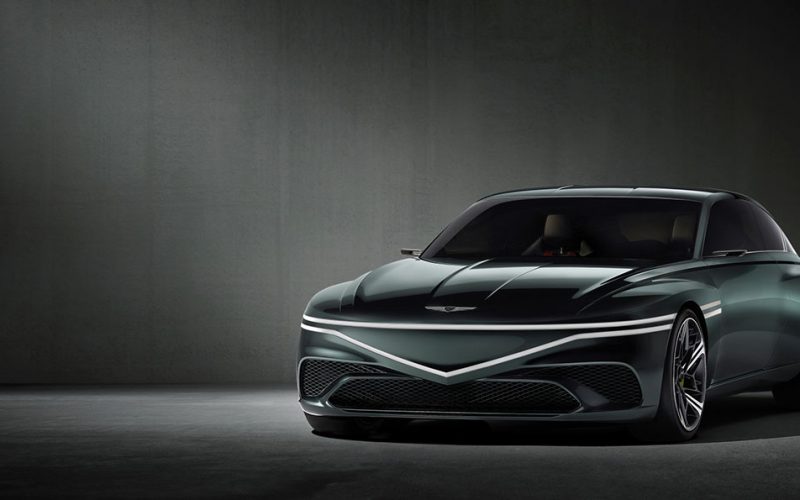
Reading Time: 3 minutesWith the world’s automotive sector quickly transitioning from internal combustion engines and interim hybrid-electric models to
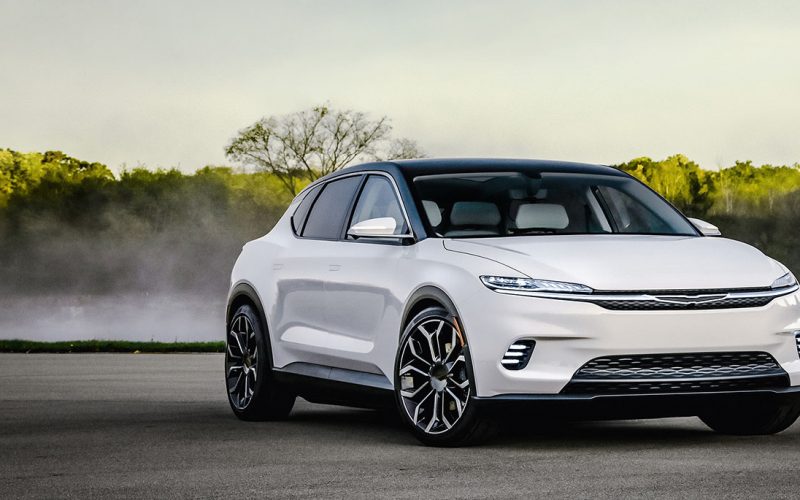
Reading Time: 8 minutesAfter the Italian-American conglomerate Fiat Chrysler Automobiles and France’s PSA Group morphed into Stellantis last year,
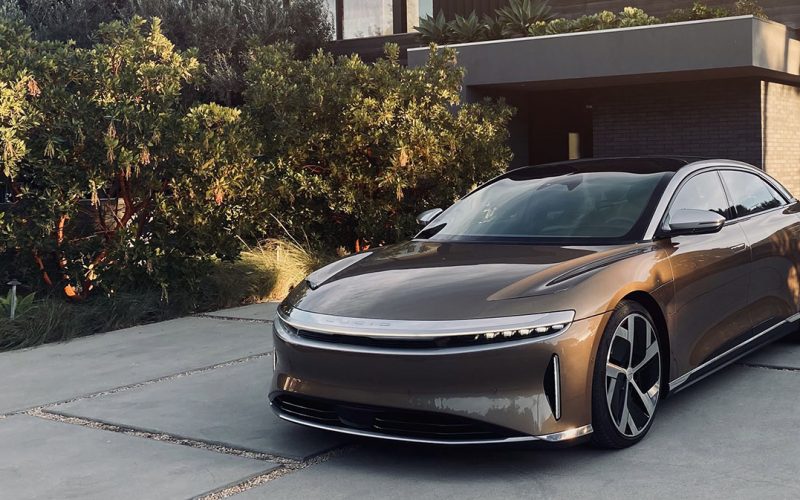
Reading Time: 6 minutesLucid? For most Canadians, the name Lucid won’t ring any bells, but those who keep a
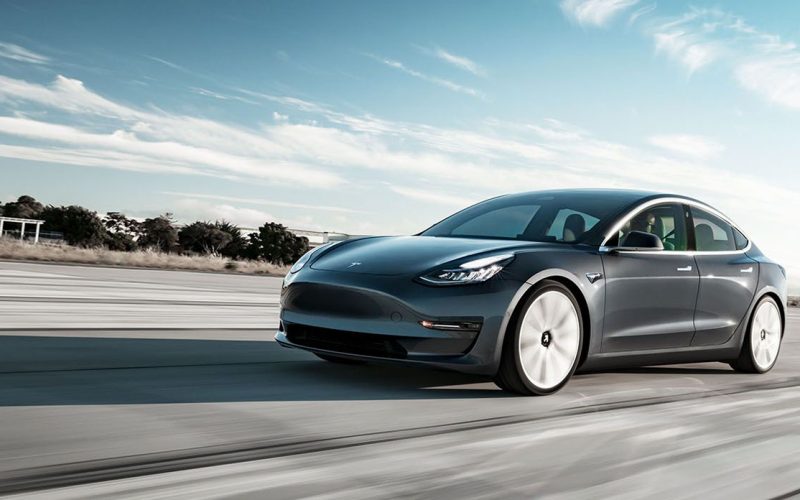
Reading Time: 6 minutesWith regular unleaded soaring over $2.00 per litre in some provinces, and expectations for even higher
© 2025 The Car Magazine. All Rights Reserved, Privacy Policy | Terms of Use